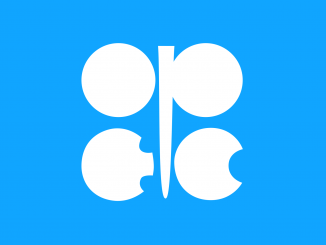
Oil prices rose to their highest level in three years on Thursday, with support from a drop in US production and a steady 8-week decline in domestic crude stockpiles. Market participants are eagerly waiting for the US administration’s decision on whether to extend temporary waivers on sanctions against Iran.
West Texas Intermediate crude rose 1.5%, and traded at $64.51 a barrel, while the Brent global benchmark index rose 0.9%, reaching the price of $69.85 a barrel.
The significant rally in oil prices came on Thursday, one day after the Energy Information Administration announced a 4.9 million barrel drop in crude stocks in the week that ended Jan. 5. This is the eighth weekly decline in a row, as over the past eight weeks inventories have fallen by 39.4 million barrels, nearly reducing the surplus to the five-year average. US crude oil production fell by 290,000 barrels, reaching 9.492 million bpd.
It has now become clear that the frequent disruptions in supply, the geopolitical risks and the growing optimism about OPEC’s supply cuts are important possible factors behind the dramatic return of oil prices. However, some conservative analysts believe that the rising oil prices could spur fraud by members of the Organization of Petroleum Exporting Countries (OPEC), who agreed last year to cut production levels in 2018 to drain global stocks. The agreement also included some non-OPEC members such as Russia.
At the same time, US President Donald Trump is due to review whether the sanctions imposed on Iran will be waived this week or re-imposed, a decision that has implications for Iran’s oil exports. This comes after Iran faced protests against the government for two weeks, shortly after its economy failed to benefit as much as expected from the lifting of international sanctions two years ago.
Natural gas prices also rallied on Thursday, after the US Energy Agency announced that domestic supplies fell by 359 billion cubic feet for the week ending Jan. 5. The winter storm on the east coast is expected to lead to lower supply due to higher demand for heating fuel.




Be the first to comment